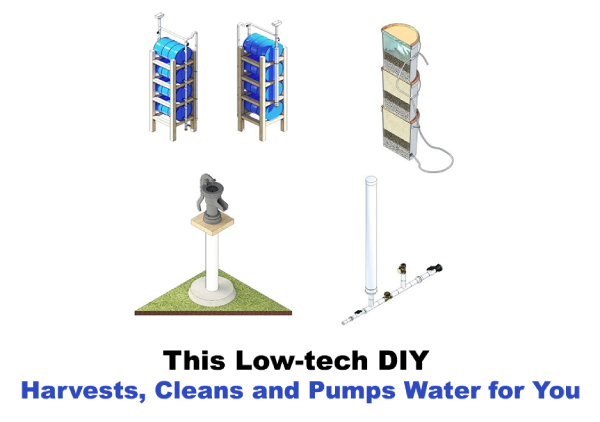
Ensuring that your family stays well-nourished may appear uncomplicated, but it becomes more challenging once the possibility of emergencies is taken into account. This includes various situations such as natural calamities like earthquakes and hurricanes, uncertainties in supply chains, global conflicts, and even inflation.
One might argue that our current era is marked by uncertainty, but uncertainty has always been a part of human existence. Even a century ago, a family would not face the winter without sufficient food to sustain them, whereas nowadays it is not uncommon for us to find ourselves with insufficient food to prepare dinner.
Thanks to the advanced planning of our ancestors, emergency food supplies have allowed numerous generations to prosper in challenging circumstances, and this is the reason for our existence today.
EMERGENCY FOOD SUPPLY CONSIDERATIONS
Determining the most suitable emergency food supply is contingent not only upon your family’s requirements but also the nature of the emergency situation. Do you face a limited-duration emergency such as a temporary power loss hampering cooking, or are you confronting a prolonged emergency that will leave you devoid of provisions or services for several days or even weeks?
- Calories – The first consideration for most people, will this emergency food provide enough calories to fuel your body? The average person needs 2,000 calories when not active, but as much as 3,500 calories during times of stress and exertion.
- Nutrition – Beyond just straight calories, it’s important to consider both macronutrients (protein, carbs, and fat) as well as micro nutrients like vitamins. You can live on hard tack and basic provisions, but you can’t thrive on it.
- Flavor – Is it something my family will eat? There’s no sense in storing things you’re family just won’t (or can’t eat). The flavor is incredibly important, and while you may say “I’d eat anything in an emergency,” you’re planning ahead so you don’t find yourself eating rats.
- Cook Time – Is the meal already prepared (just add water) or “heat and eat” like an MRE, or will you need a whole kitchen on hand (pots, pans, stove, etc) to get the meal on the table?
- Effort – Not just effort to cook, but effort in terms of meal planning in the midst of a crisis. Pre-packaged ready-made meals are low effort, and cooking from a deep pantry of flour and beans is high effort. Packing away pantry staples yourself also involves a lot of planning and effort, not to mention the cost of packaging.
- Cost – Generally higher effort homemade emergency food supplies (ie. stored beans and rice) cost the least. You’ll need to pack them yourself, and they’re more work to prepare, but they’ll save you money initially.
- Packaging – If you’re just keeping a deep pantry and cycling your ingredients, then packaging can be anything that keeps insects and rodents out on a day-to-day basis. If you’re putting away a long-term food supply to seal until you desperately need it, packaging becomes incredibly important to prevent spoilage.
HOW MUCH EMERGENCY FOOD DO YOU NEED?
The quantity of food to store per individual relies heavily on the nature of the emergency at hand. When it comes to short-term planning, it is simpler and could suffice to maintain a well-stocked pantry or keep a selection of freeze-dried meals or MREs accessible.
Planning for longer-term can be challenging, so it is advisable to stock up on more supplies than you initially anticipate for the emergency situation. (If you believe you’ll require a two-week food supply, consider planning for three or four weeks instead.)
I recommend keeping a few convenient meal kits available, even if you primarily focus on long-term pantry supplies. Regardless of the unexpected circumstances that may arise during an emergency, having a fast, effortless, and nourishing option could make the distinction between having a meal or facing a cold and hungry night.
If your intention is to endure a nuclear winter, you will require numerous years’ worth of food. However, many individuals lack the ability to engage in such extensive preparations. Nonetheless, it is more feasible to set aside an emergency food stock that can last for a few days, weeks, or even months.
Previously, it was advised to always have a supply of food lasting 2 to 3 days, but this recommendation promptly changed to a minimum of 2 weeks in early 2020.
In the present scenario of supply chain shortages and global uncertainty, it is advisable to have a minimum of 3 to 4 weeks worth of emergency food supply to guarantee sufficient provisions.




